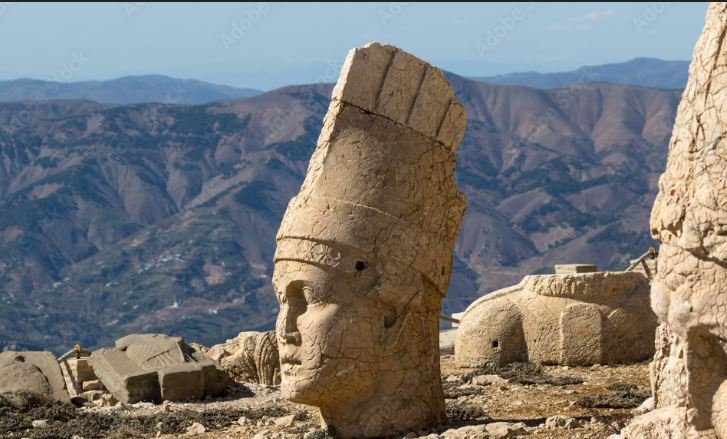Exploring Malatya’s artisanship reveals a world of creativity and tradition that has been preserved through generations. This region in Turkey is renowned for its skilled artisans who produce a wide variety of handcrafted goods. From intricate jewelry to beautifully woven textiles, the craftsmanship of Malatya reflects the cultural heritage and artistic excellence of its people.

1. The Tradition of Handwoven Carpets
Handwoven carpets are a hallmark of Malatya’s artisanship. These carpets, known for their intricate designs and vibrant colors, are crafted using techniques that have been passed down for centuries. Artisans use natural dyes and traditional weaving methods to create unique patterns that often tell stories or depict historical events. Purchasing a Malatya carpet means owning a piece of art that embodies the region’s rich cultural history.
2. Jewelry Making and Metalwork
Jewelry making and metalwork are prominent crafts in Malatya. Artisans create stunning pieces of jewelry using silver, gold, and semi-precious stones. Traditional designs often feature motifs inspired by nature and ancient symbols. The skill and precision required to craft these items highlight the artisans’ dedication to their craft. Visiting a local jewelry workshop provides insight into the meticulous process involved in creating these beautiful pieces.
3. Pottery and Ceramics
Pottery and ceramics are another significant aspect of Malatya’s artisanship. Local potters produce a variety of items, from everyday kitchenware to decorative pieces. Using traditional methods, they shape and glaze the clay to create durable and aesthetically pleasing products. The patterns and designs on Malatya pottery often reflect the natural surroundings and cultural influences of the region. Collecting these ceramics offers a tangible connection to Malatya’s artistic heritage.
4. Textile Weaving and Embroidery
Textile weaving and embroidery showcase the intricate artistry of Malatya’s artisans. Traditional techniques are used to produce a range of textiles, including rugs, tapestries, and clothing. Embroidery, often done by hand, adds intricate designs and patterns to these textiles, making each piece unique. The vibrant colors and detailed workmanship reflect the cultural significance of textile art in Malatya. Purchasing these textiles supports local artisans and preserves an important aspect of the region’s heritage.
5. Woodworking and Furniture Making
Woodworking and furniture making in Malatya involve the creation of functional and decorative pieces. Artisans carve and assemble furniture using local wood, incorporating traditional designs and motifs. These pieces often feature intricate carvings and inlays, showcasing the skill and creativity of the woodworkers. The resulting furniture not only serves practical purposes but also adds a touch of Malatya’s cultural elegance to any space.
6. Support and Sustainability
Supporting Malatya’s artisanship is crucial for preserving these traditional crafts. Many local organizations and initiatives focus on promoting and sustaining the work of artisans. By purchasing handmade goods, visitors contribute to the economic well-being of the artisans and ensure that these skills are passed on to future generations. Sustainable practices, such as using local materials and traditional methods, also help maintain the ecological balance and cultural heritage of the region.
Conclusion
Exploring Malatya’s artisanship offers a profound appreciation for the region’s cultural and artistic heritage. The handcrafted goods produced by skilled artisans reflect the traditions, values, and creativity of Malatya’s people. From handwoven carpets and intricate jewelry to beautifully crafted pottery and textiles, each piece tells a story and embodies the spirit of Malatya. By supporting these artisans, we help preserve their crafts and ensure that Malatya’s rich artistic legacy continues to thrive.

